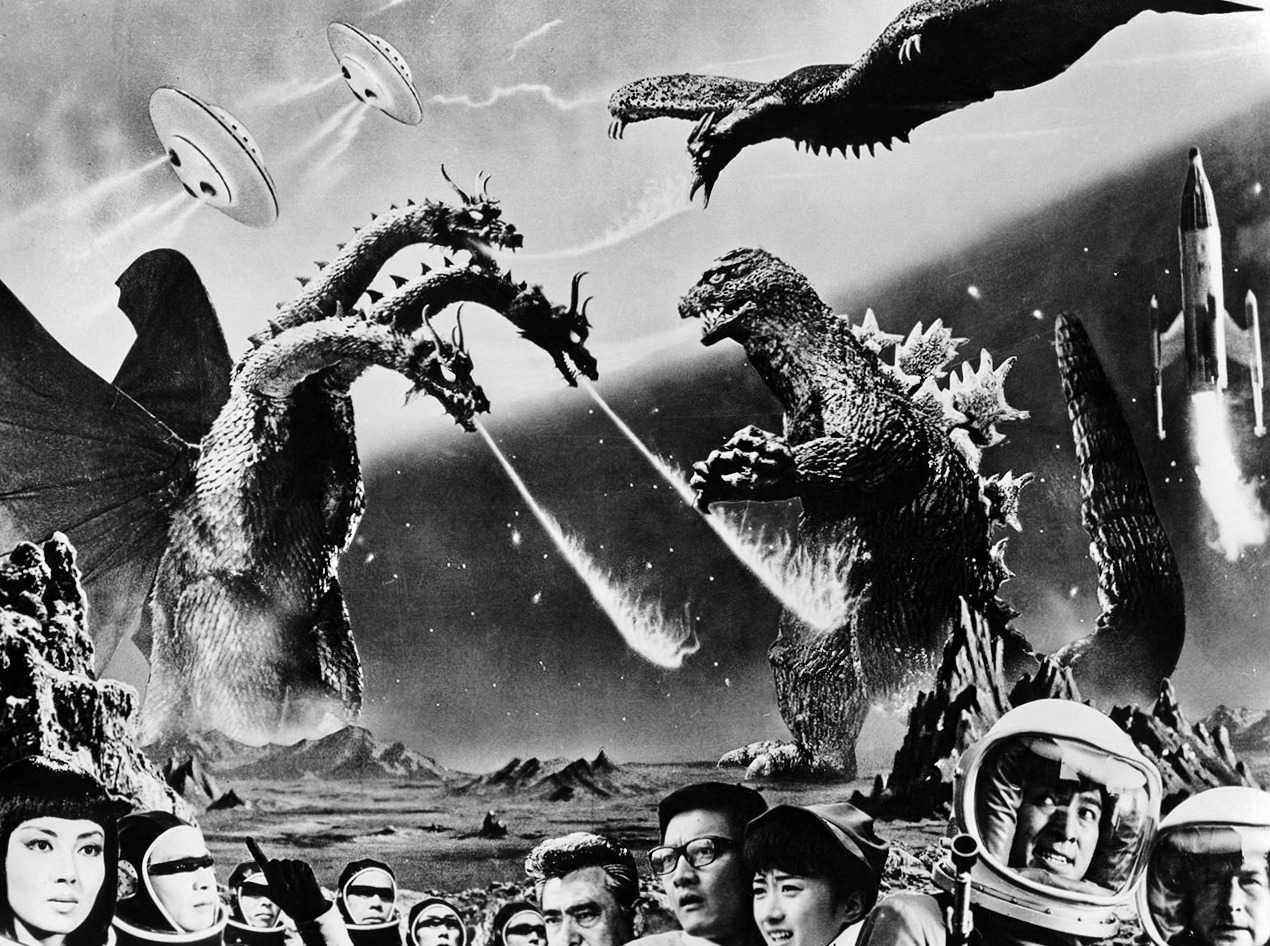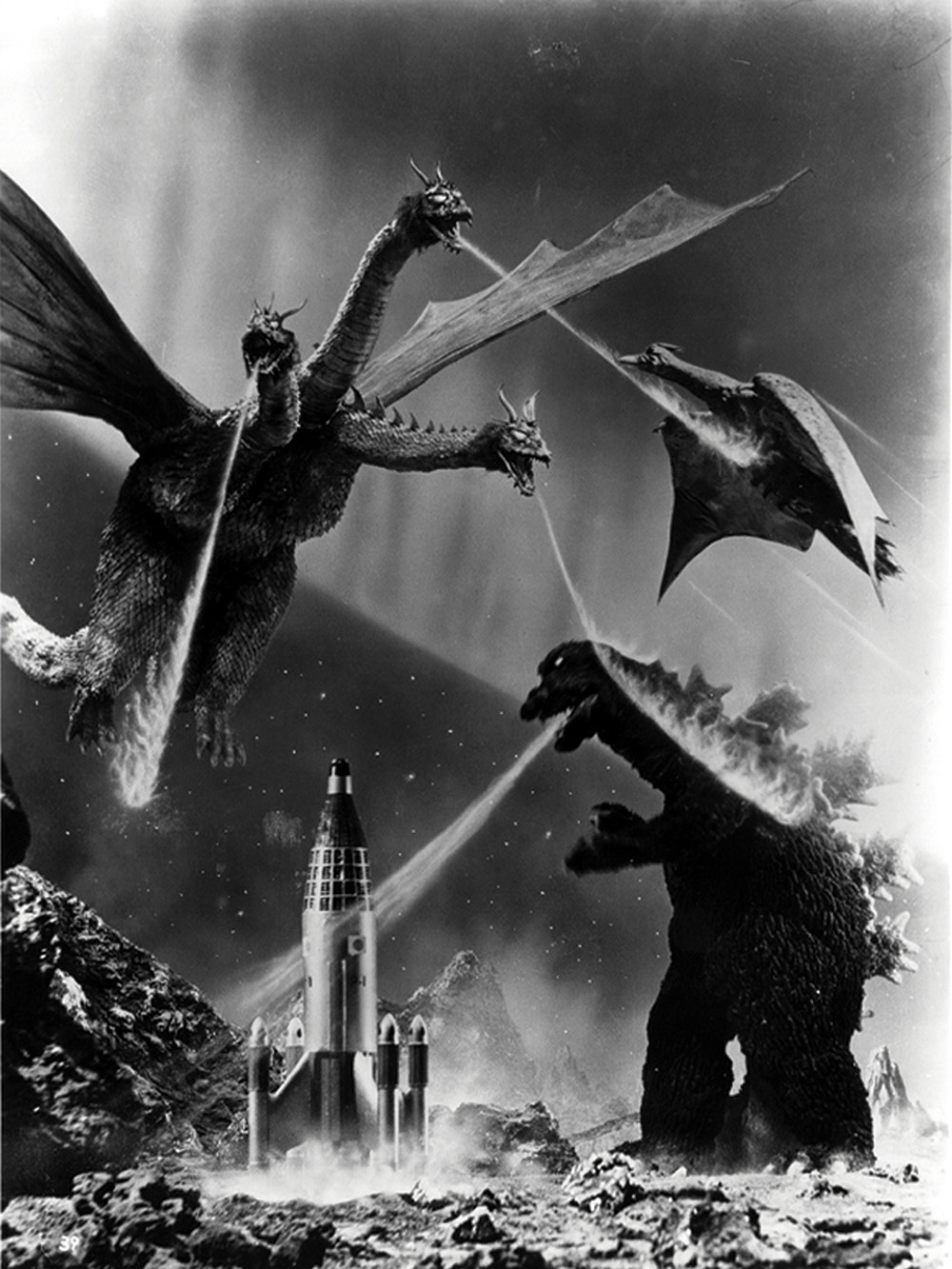80
Ballet Mécanique
Author: Fernand Léger
Year: 1924 Edit Add
Book: Postmodernism, or, The Cultural Logic of Late Capitalism
Ballet Mécanique
Author: Fernand LégerYear: 1924 Edit Add
Book: Postmodernism, or, The Cultural Logic of Late Capitalism
These op art tricks and elaborate visual montages in particular recall the classics of yesteryear such as Ballet Mechanique; but I have the impression that, above and beyond the difference in our institutional situation (art movie theater here, television monitor either at home or in a museum for the videotext), these experiences are very different ones, and in particular that the blocks of material in film are larger and more grossly and tangibly perceptible (even when they pass by rapidly), determining a more leisurely sense of combinations than can be the case with these attenuated visual data on the television screen.
One is therefore reduced to enumerating a few of these video materials, which are not themes (since for the most part they are material quotations from a quasi-commercial storehouse somewhere), but which certainly have none of the density of Bazinian mise-en-scène either, since even the segments which are not lifted from already existing sequences, but which have obviously been filmed explicitly for use in this tape, have a kind of shabbiness of low-grade color stock which marks them somehow as "fictional" and staged, as opposed to the manifest reality of the other images-in-the-world, the image objects. There is therefore a sense in which the word collage could still obtain for this juxtaposition of what one is tempted to call "natural" materials (the newly or directly filmed sequences) and artificial ones (the precooked image materials which have been "mixed" by the machine itself). What would be misleading is the ontological hierarchy of the older painterly collage: in this videotape the "natural" is worse and more degraded than the artificial, which itself no longer connotes the secure daily life of a new humanly constructed society (as in the objects of cubism) but rather the noise and jumbled signals, the unimaginable informational garbage, of the new media society.
These op art tricks and elaborate visual montages in particular recall the classics of yesteryear such as Ballet Mechanique; but I have the impression that, above and beyond the difference in our institutional situation (art movie theater here, television monitor either at home or in a museum for the videotext), these experiences are very different ones, and in particular that the blocks of material in film are larger and more grossly and tangibly perceptible (even when they pass by rapidly), determining a more leisurely sense of combinations than can be the case with these attenuated visual data on the television screen.
One is therefore reduced to enumerating a few of these video materials, which are not themes (since for the most part they are material quotations from a quasi-commercial storehouse somewhere), but which certainly have none of the density of Bazinian mise-en-scène either, since even the segments which are not lifted from already existing sequences, but which have obviously been filmed explicitly for use in this tape, have a kind of shabbiness of low-grade color stock which marks them somehow as "fictional" and staged, as opposed to the manifest reality of the other images-in-the-world, the image objects. There is therefore a sense in which the word collage could still obtain for this juxtaposition of what one is tempted to call "natural" materials (the newly or directly filmed sequences) and artificial ones (the precooked image materials which have been "mixed" by the machine itself). What would be misleading is the ontological hierarchy of the older painterly collage: in this videotape the "natural" is worse and more degraded than the artificial, which itself no longer connotes the secure daily life of a new humanly constructed society (as in the objects of cubism) but rather the noise and jumbled signals, the unimaginable informational garbage, of the new media society.
File type: video
Edit Delete
Info: Ballet Mécanique (1923–24) is a Dadaist post-Cubist art film conceived, written, and co-directed by the artist Fernand Léger in collaboration with the filmmaker Dudley Murphy (with cinematographic input from Man Ray).[1] It has a musical score by the American composer George Antheil.
Original Url: https://www.youtube.com/watch?v=yrfibt6BkwcEdit Delete
Invasion of Astro-Monster
Author: Ishirō Honda
Year: 1965 Edit Add
Book: Postmodernism, or, The Cultural Logic of Late Capitalism
Invasion of Astro-Monster
Author: Ishirō HondaYear: 1965 Edit Add
Book: Postmodernism, or, The Cultural Logic of Late Capitalism
First, a little existential joke about a "spot" of time, which is excised from a temporal "culture" that looks a little like a crepe; then experimental mice, voice-overed by various pseudoscientific reports and therapeutic programs (how to deal with stress, beauty care, hypnosis for weight loss, etc.); then science fiction footage (including monster music and camp dialogue), mostly drawn from a Japanese film, Monster Zero ( 1965). At this point the rush of image materials becomes too dense to enumerate: optical effects, children's blocks and erector sets, reproductions of classical paintings, as well as mannequins, advertising images, computer printouts, textbook illustrations of all kinds, cartoon figures rising and falling (including a wonderful Magritte hat slowly sinking into Lake Michigan); sheet lightning; a woman lying down and possibly under hypnosis (unless, as in a Robbe-Grillet novel, this is merely the photograph of a woman lying down and possibly under hypnosis);
First, a little existential joke about a "spot" of time, which is excised from a temporal "culture" that looks a little like a crepe; then experimental mice, voice-overed by various pseudoscientific reports and therapeutic programs (how to deal with stress, beauty care, hypnosis for weight loss, etc.); then science fiction footage (including monster music and camp dialogue), mostly drawn from a Japanese film, Monster Zero ( 1965). At this point the rush of image materials becomes too dense to enumerate: optical effects, children's blocks and erector sets, reproductions of classical paintings, as well as mannequins, advertising images, computer printouts, textbook illustrations of all kinds, cartoon figures rising and falling (including a wonderful Magritte hat slowly sinking into Lake Michigan); sheet lightning; a woman lying down and possibly under hypnosis (unless, as in a Robbe-Grillet novel, this is merely the photograph of a woman lying down and possibly under hypnosis);
 Source type: picture
Source type: pictureInfo: Invasion of Astro-Monster by Ishirō Honda - 1965
Original size: 1270x946 px. Edit
 Source type: picture
Source type: pictureInfo: Invasion of Astro-Monster by Ishirō Honda - 1965
Original size: 1000x1333 px. Edit
 Log-in
Log-in